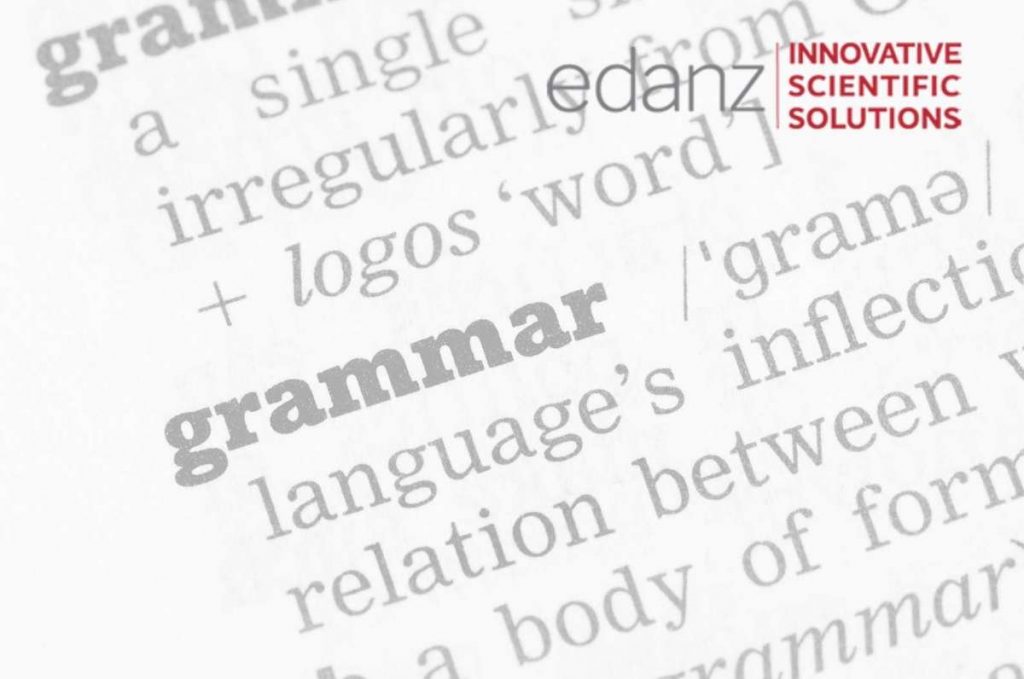Don’t let choosing the right grammatical tense make you tense. This is one of the trickier parts, especially in scientific writing, but once you master it, you’ll be working at a more mature and sophisticated level. Let’s start with a quiz.
Which of these opening sentences of a paragraph in the Introduction use/s the correct tenses?
- X was developed in 2010 and became a commonly used procedure for Y.
- X was developed in 2010 and is now a commonly used procedure for Y.
- X was developed in 2010 and is now commonly performed for Y.
- X was developed in 2010 and is becoming a commonly used procedure for Y.
Your manuscript’s Introduction section needs to catch your reader’s attention, while introducing the general and/or specific area of your study (depending on how much background your target journal reader expects). The Introduction often defines something or highlights something, such as current importance or occurrence, a benefit, or a challenge, followed by your study’s purpose. To help your reader, use the first sentence of a paragraph (and especially the first paragraph) to set the scene. Some disciplines allow questions, but a statement is more usual.
Sentences (2), (3), and (4) are good openers because the main point, which is in the second clause (after “and”), uses the present tense to show the current situation. The first clause in each sentence (“X was developed in 2010”) provides historical background using the simple past, but such an introductory clause is not compulsory. In this case, it would be good to also add a relevant citation after that clause. We would expect the next few sentences of the paragraph to explain pros and cons of the method, and, for example, why improvement is needed and how your study aims to do that.
The end of sentence (2) uses the simple present of the linking verb “be” with a noun phrase as the subject complement (“…is now a commonly used procedure for Y”) to state a current fact about X’s identity.
Sentence (3) uses the simple present passive of “perform” (“…is now commonly performed for Y”) to describe a current routine or repeated action in general terms (that is, the identity of the doer is not important).
Sentence (4) uses the present progressive of the linking verb “become” (“…is becoming a commonly used procedure for Y”) to say an observed change is continuing.
By using only the simple past, sentence (1) describes history and old news; as such, it is a weak opening sentence compared with the other three. It needs an additional sentence to link it to the present situation and explain its current relevance. However, shorter is better, so instead of adding more sentences, the tense of the second clause of sentence (1) could be changed to the present perfect to link past to present. The present perfect tense indicates that a past event or action, or its effect, is still relevant today (“…and has become a commonly used procedure for Y”). The present perfect is often used to show recency and to attract attention at the start of announcements, news stories, and live news broadcasts, so it is a useful tense for the first sentence of a written paragraph.
Quick Tip
Which of these alternatives is correct?
All the interviewees said they enjoyed a (1) desert / (2) dessert at the end of every meal.
“Desert” is incorrect because it refers to dry land. Pronounced differently, “dessert” refers to sweet dishes, such as cake and ice cream. Note the “ss”, which could stand for two sugars, sweets, slices of cake, or scoops of ice cream.
Grammar and punctuation are among the top reasons for being rejected by a journal. To ensure the language in your manuscript is publication-ready you should have a native-English-speaking expert in your field edit for grammar, clarity, and accuracy of scientific expression.




